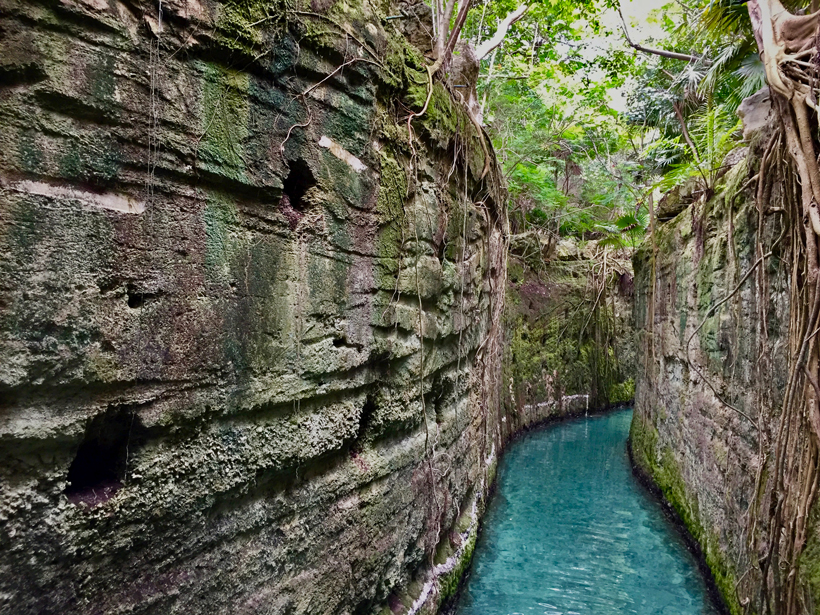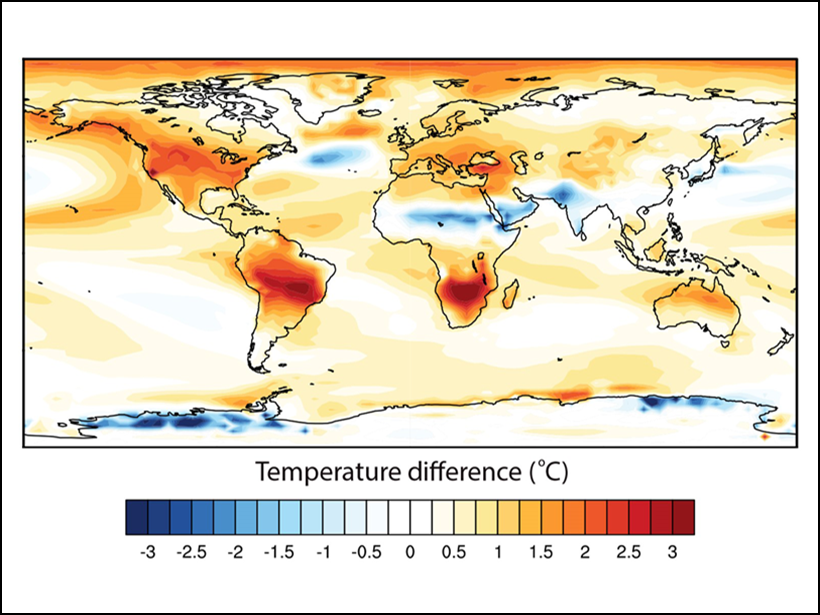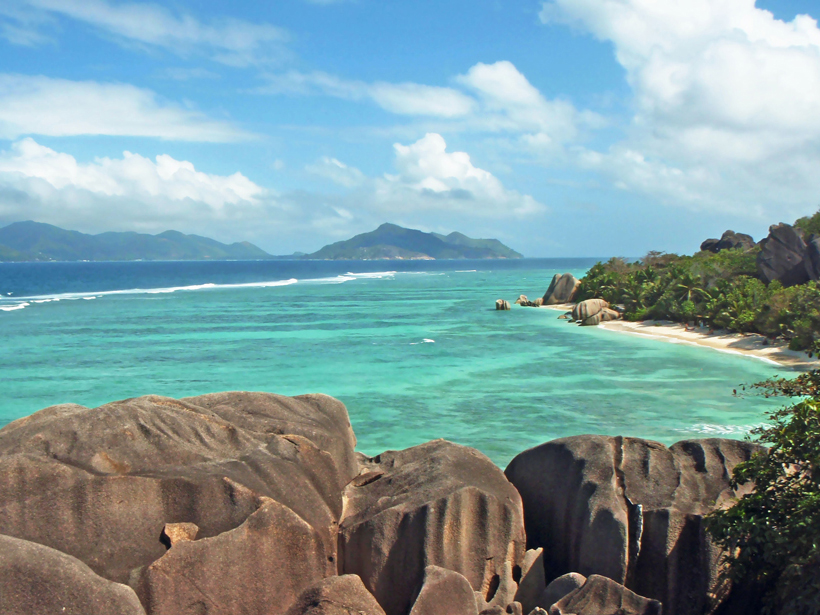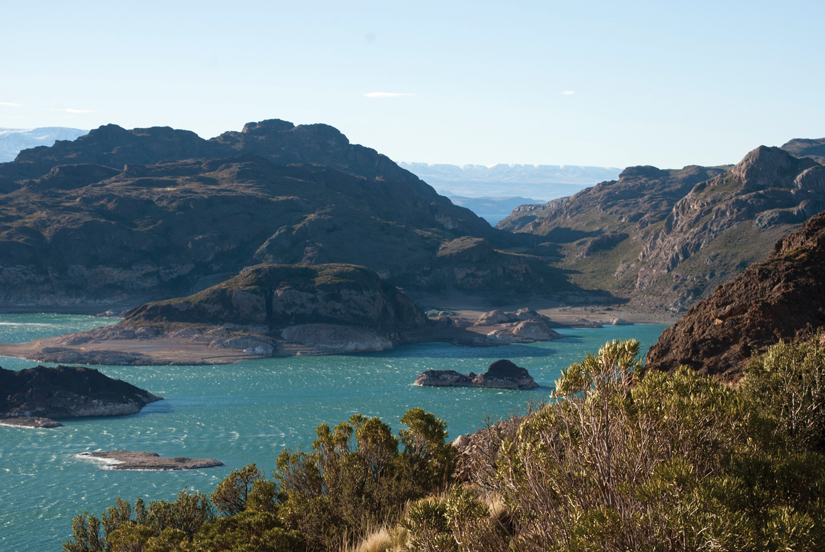Preliminary results from a recent study may begin to shed light on why megalodons died out before the most recent ice age.
Pliocene
Dynamic Ice Sheet and Sea Level Response to Past Climate Change
PALSEA2 Workshop; Playa del Carmen, Quintana Roo, Mexico, 6–9 November 2017
Plotting the Pliocene Polar Front
Understanding changing conditions in the south polar oceans during the warm late Pliocene period may help predict the impact of contemporary warming.
Fossils Provide New Clues to Tibetan Plateau’s Evolution
The bones of ancient rhinos, elephants, and fish constrain when the Tibetan Plateau rose high enough to prevent migration, a move that forced animals to adapt to high-altitude conditions.
How Earth’s Orbit Affected Ice Sheets Millions of Years Ago
A new study of the late Pliocene era could help scientists predict future sea level rise.
Improving Our Understanding of El Niño in a Warm Climate
A new study seeks to bring together the strongest features of proxy data and climate models to reduce uncertainties in reconstructions of past El Niño behavior.
Sea Level and Ice Sheet Changes During Past Warm Periods
PALSEA2 2015 Workshop; Tokyo, Japan, 22–24 July 2015
Peruvian Andes Helped to Cool Eastern Equatorial Pacific
Scientists investigate the role of the Peruvian Andes on climate variability.








